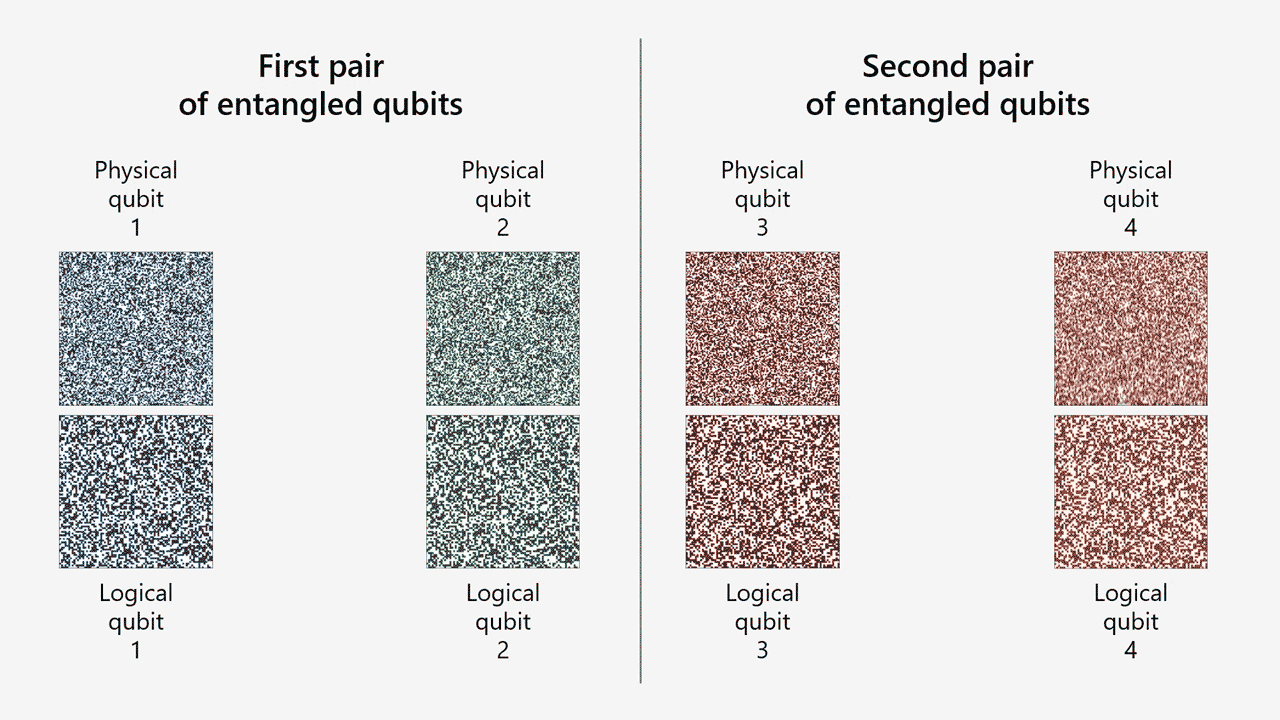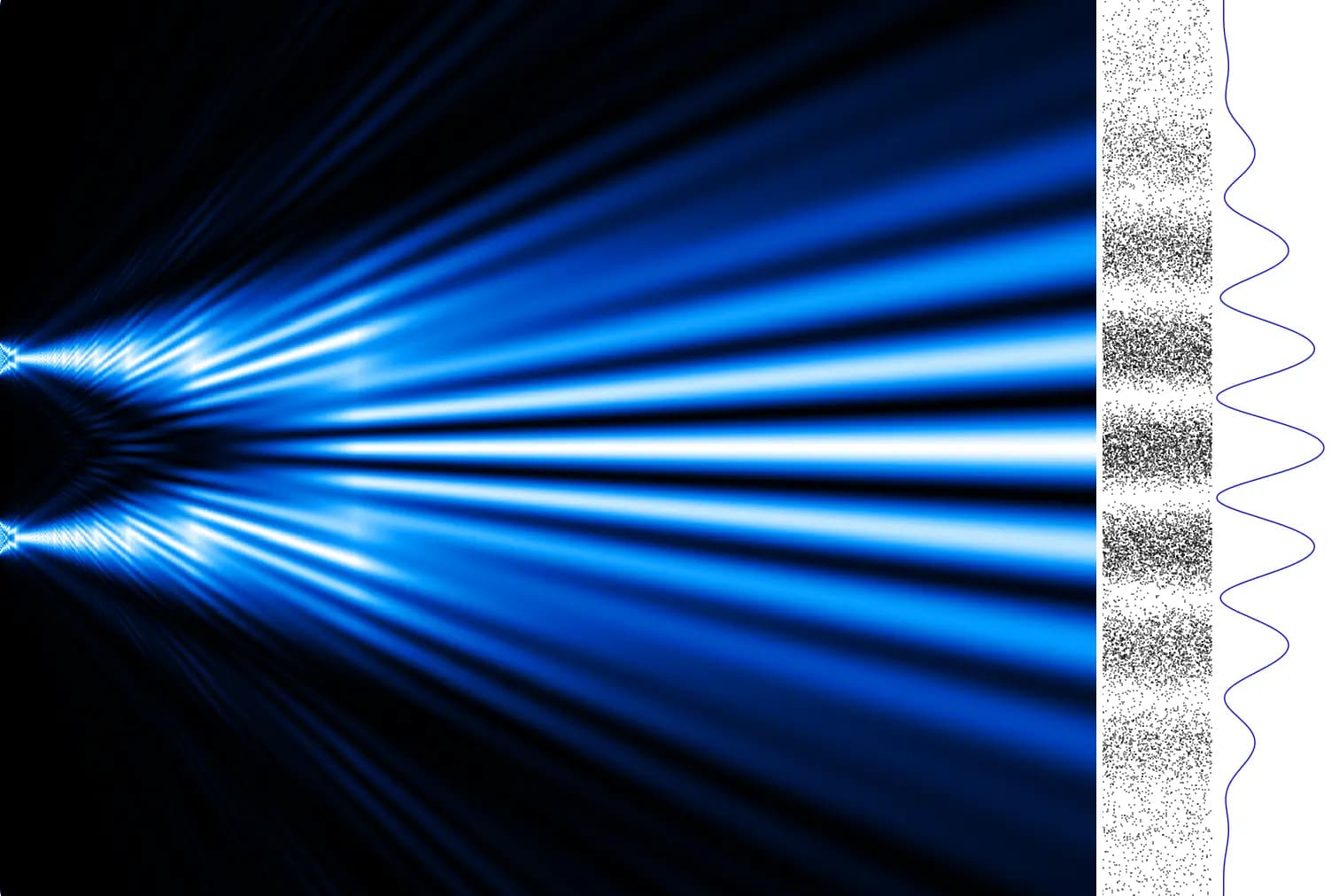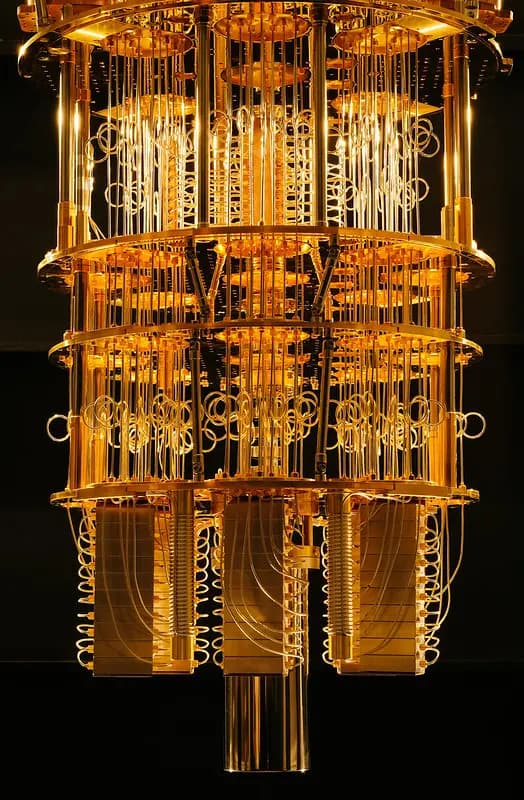Today, Microsoft unveiled a significant achievement in quantum computing by announcing an 800-fold enhancement in the logical error rate compared to the corresponding physical qubit error rates. This development has led to the creation of the most dependable logical qubits seen thus far.
By innovatively employing a qubit-virtualization technique on ion-trap technology, Microsoft, in collaboration with Quantinuum, successfully engineered four stable logical qubits from a mere 30 physical qubits. This advancement signifies an 800x reduction in the error rate, thereby marking a significant leap forward in quantum computing reliability.
This milestone is poised to propel the possibilities of hybrid supercomputers, which blend classical and quantum computing prowess, to address complex scientific challenges currently beyond the reach of classical computing alone. Achieving this requires groundbreaking scientific and engineering innovations, which Microsoft’s announcement demonstrates.
Quantum computing relies on qubits for data storage and processing. However, the prevalent issue of error susceptibility in contemporary qubits hampers their effectiveness. Addressing this, two strategies are paramount: enhancing the physical qubits’ quality and amalgamating several physical qubits into more stable ‘logical’ or ‘virtual’ qubits.
This remarkable progress is attributed to the combination of Microsoft’s qubit-virtualization framework with Quantinuum’s specialized ion-trap qubits, characterized by exceptional two-qubit gate fidelity. This collaboration has led to the error-free operation of 14,000 independent instances thus far, facilitated by advanced error diagnostics and correction mechanisms within the system.
An analogy to illustrate the 800x improvement in error rate is likening it to the efficacy of high-quality noise-canceling headphones in eliminating ambient noise, akin to the noise level seen in physical qubits.
 Microsoft’s advancements in fault-tolerance protocols have been pivotal in this achievement, emphasizing years of meticulous design and optimization to minimize the requisite number of physical qubits and operations for generating stable logical qubits. This ongoing optimization promises further enhancements.
Microsoft’s advancements in fault-tolerance protocols have been pivotal in this achievement, emphasizing years of meticulous design and optimization to minimize the requisite number of physical qubits and operations for generating stable logical qubits. This ongoing optimization promises further enhancements.
The creation of these logical qubits has enabled successful multiple active syndrome extractions, a critical process for error diagnosis and correction without compromising the integrity of the logical qubits. This represents a fundamental step in quantum error correction and underscores the potential for fault-tolerant quantum computing.
Meeting three fundamental criteria—achieving a significant separation between logical and physical error rates, rectifying individual circuit errors, and generating entanglement between at least two logical qubits—Microsoft has demonstrated a crucial transition towards reliable quantum computing. This transition is vital for the future development of hybrid classical-quantum supercomputers capable of tackling problems unmanageable by classical computers alone.
Incorporating these highly reliable logical qubits into Azure Quantum Elements will offer users a hybrid computing experience that leverages the strengths of cloud computing, advanced AI, and enhanced quantum computing capabilities.
This advancement in reliable quantum computing paves the way for new capabilities and discoveries, as Microsoft continues to refine its qubit-virtualization system. Efforts are underway to scale this technology to accommodate hybrid supercomputing needs, necessitating logical qubits with extremely low error rates. Furthermore, Microsoft is advancing towards this quantum computing horizon with the development of topological qubits, characterized by inherent error protection and digital control.
The original press release can be read here.
The preprint of the research article can be accessed at ArXiv.













Responses (0 )